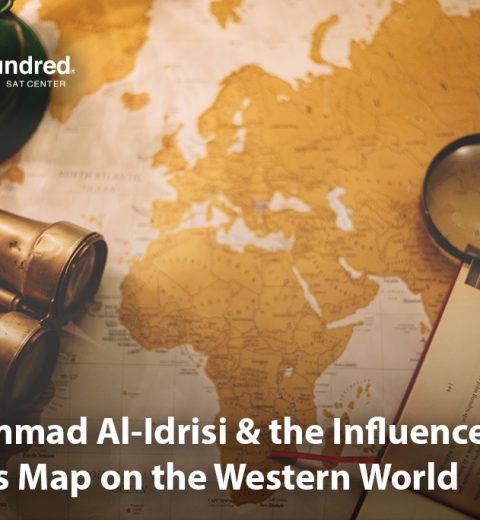The Influence of Arabic Music on Contemporary Western Music
The Influence of Arabic Music on Contemporary Western Music: A Captivating Tale of Cultural Exchange
The influence of Arabic music on contemporary Western music is a captivating tale of cultural exchange that spans centuries. Over time, the unique sounds and rhythms of the Arab world have subtly integrated into various facets of Western music, enriching its global musical traditions.
Early Influences and the Development of Western Music
One of the earliest influences of Arabic music on Western music dates back to the Middle Ages, particularly in Spain, where the presence of the Moors introduced the oud—an ancestor of the lute—to Europe. This instrument significantly impacted the development of European music during the Renaissance, influencing the composition of both sacred and secular music. The modal system of Arabic music also inspired new scales and harmonic practices in the West, laying the groundwork for some of the musical forms we recognize today.
Classical Composers and the Allure of the East
During the Romantic period, Western composers were enchanted by the exotic sounds and imagery of the East. This fascination extended beyond romanticizing distant lands; it also fueled their exploration of new musical ideas. Composers like Franz Liszt and Claude Debussy incorporated what they perceived as Eastern musical elements into their works. Debussy, for instance, was influenced by pentatonic scales and the structure of Arabic music, as evidenced in his piece “La Soirée dans Grenade.”
Example: Debussy – La Soirée dans Grenade
The Jazz Era and Beyond
The 20th century witnessed Arabic music’s influence on the evolution of jazz. The improvisational nature of jazz found a kindred spirit in the maqam, a system of melodic modes used in traditional Arabic music. Jazz legends like Duke Ellington and Miles Davis explored these modal systems, adding a new depth to their music. The influence of Arabic rhythms and scales is evident in their works, contributing a unique flavor to the jazz standards that defined an era.
Example: Miles Davis – Sketches of Spain
Modern Fusions and the Global Stage
In contemporary music, Arabic influences continue to thrive, especially in genres like electronic music and pop. Artists such as Shakira and Sting have incorporated Arabic rhythms, melodies, and instruments into their music, creating a global sound that resonates with audiences worldwide. The use of traditional instruments like the darbuka and qanun in modern tracks underscores the enduring appeal of Arabic music on the global music scene.
Example: Sting – Desert Rose
Conclusion: A Harmonious Blend of Cultures
The impact of Arabic music on Western music is a powerful example of cultural exchange. From the medieval courts of Spain to the jazz clubs of New York and the pop charts of today, Arabic music has left an indelible mark on Western music. This blending of traditions not only enriches the music we listen to but also fosters a deeper understanding and appreciation of the diverse cultures that shape our world.
This influence serves as a reminder of the interconnectedness of global cultures and how music, as a universal language, transcends borders and brings people together in harmony.




